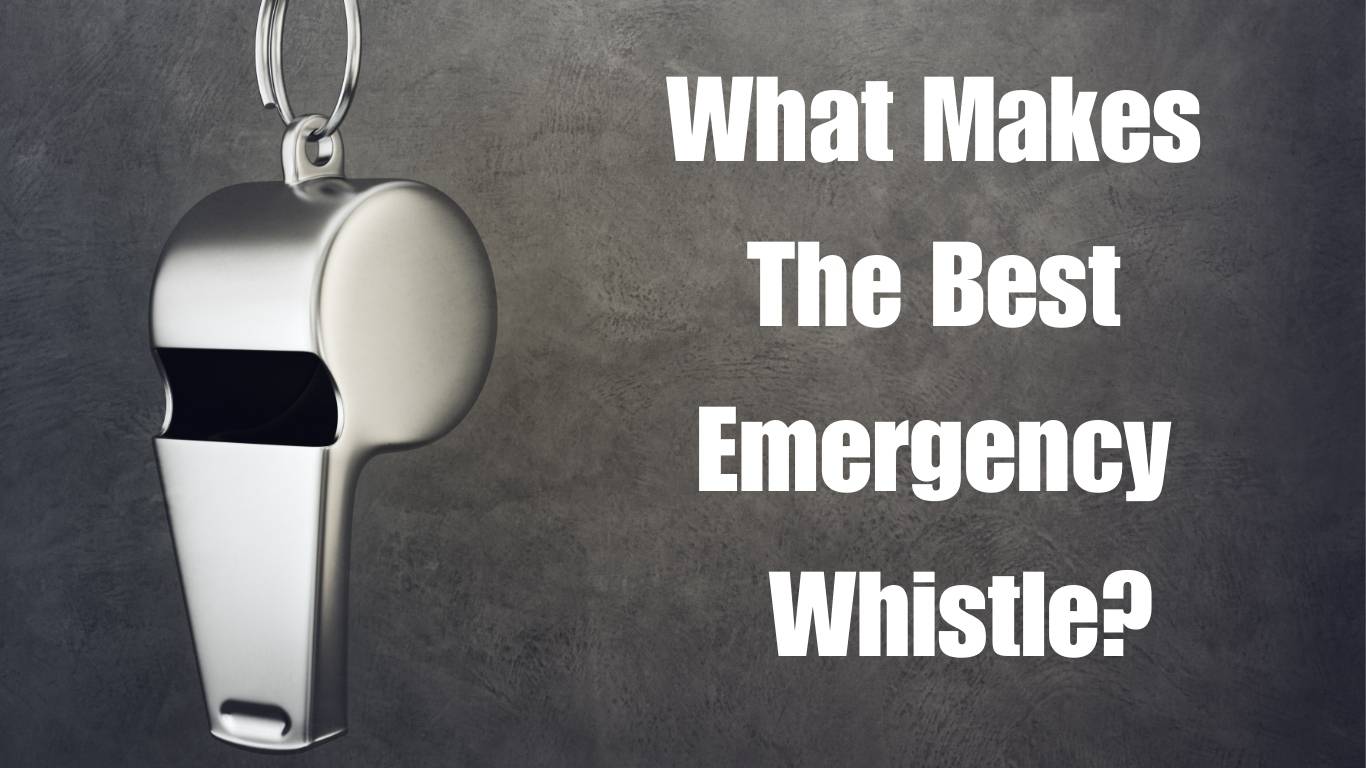
When venturing into the great outdoors on a challenging hike or a wilderness survival expedition, having the right gear can make all the difference. One often overlooked yet crucial piece of equipment is the emergency whistle. In this article, we will explore the key features that make an emergency whistle ideal for hiking and survival scenarios, considering factors such as safety, durability, and the ability to produce a loud and effective sound.
Safety Whistle Basics: Pealess vs. Pea Whistles
Pealess Whistles: Pealess whistles have gained popularity for their reliability and durability in various conditions. Unlike traditional pea whistles that use a small ball inside to create sound, pealess designs eliminate the risk of the ball sticking due to moisture or freezing temperatures. This makes them a preferred choice for outdoor enthusiasts who may encounter unpredictable weather conditions.
Whistle Volume: Decibels Matter
Loudest Whistles: When it comes to emergency situations, the volume of the whistle can be a critical factor. Look for whistles with high decibel ratings, ensuring they can cut through loud noises and travel over long distances.
Material Matters: Plastic vs. Aluminum Whistles
Plastic Whistles: Affordability and lightweight design make plastic whistles an attractive option for hikers on a budget. However, it’s essential to consider the trade-off between cost and durability. While plastic whistles are suitable for occasional use, they may not withstand the rigors of extended outdoor adventures.
Metal Whistles: For those seeking a balance between durability and weight, aluminum and brass whistles are an excellent choice. Resistant to corrosion, these whistles are reliable in various environments. The added benefit of being lightweight makes them a preferred option for hikers and survivalists alike.
Key Features for Hiking and Survival Scenarios
Signal Whistle for Visibility: In emergency situations, visibility is crucial. Choose a whistle with a bright color or high-visibility design to increase the chances of being spotted. A whistle with a built-in clip or lanyard hole allows for easy attachment to clothing or gear, ensuring it is always within reach.
Emergency Kit Essential: Include a reliable emergency whistle in your survival kit. Compact and lightweight options like the Micro Scream Whistle By Frog & Co. can be easily stowed away, ready to be deployed when needed.
Practice for Preparedness: Regardless of the whistle chosen, it’s essential to practice using it. Familiarity with the operation ensures quick and effective signaling in a real emergency.
Conclusion: Choosing the Best Emergency Whistle
In the realm of hiking and survival, the best emergency whistle is one that combines pea-less design, durability, high decibel output, and visibility features. Whether it’s a plastic whistle for occasional use or an aluminum whistle for extended expeditions, the key is to select a reliable companion that can be trusted in a case of emergency. Don’t overlook the importance of this seemingly small tool—it might just be the difference between being heard and going unnoticed in the great outdoors.



